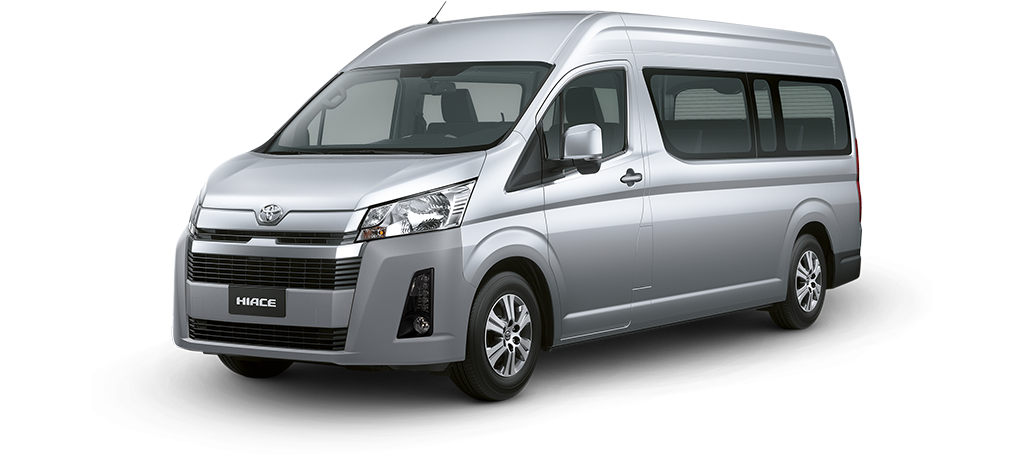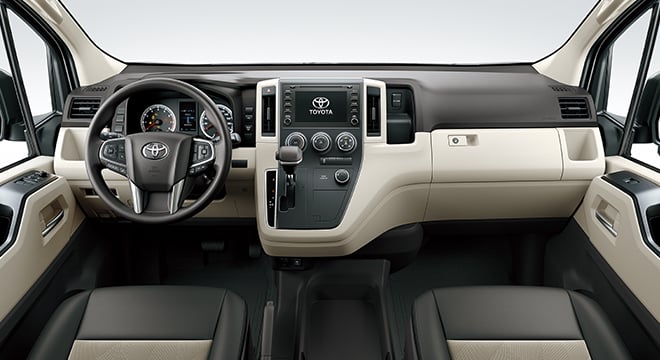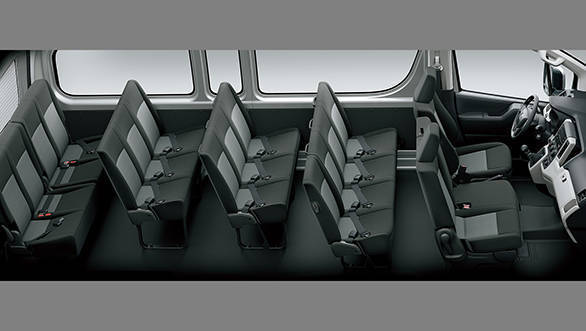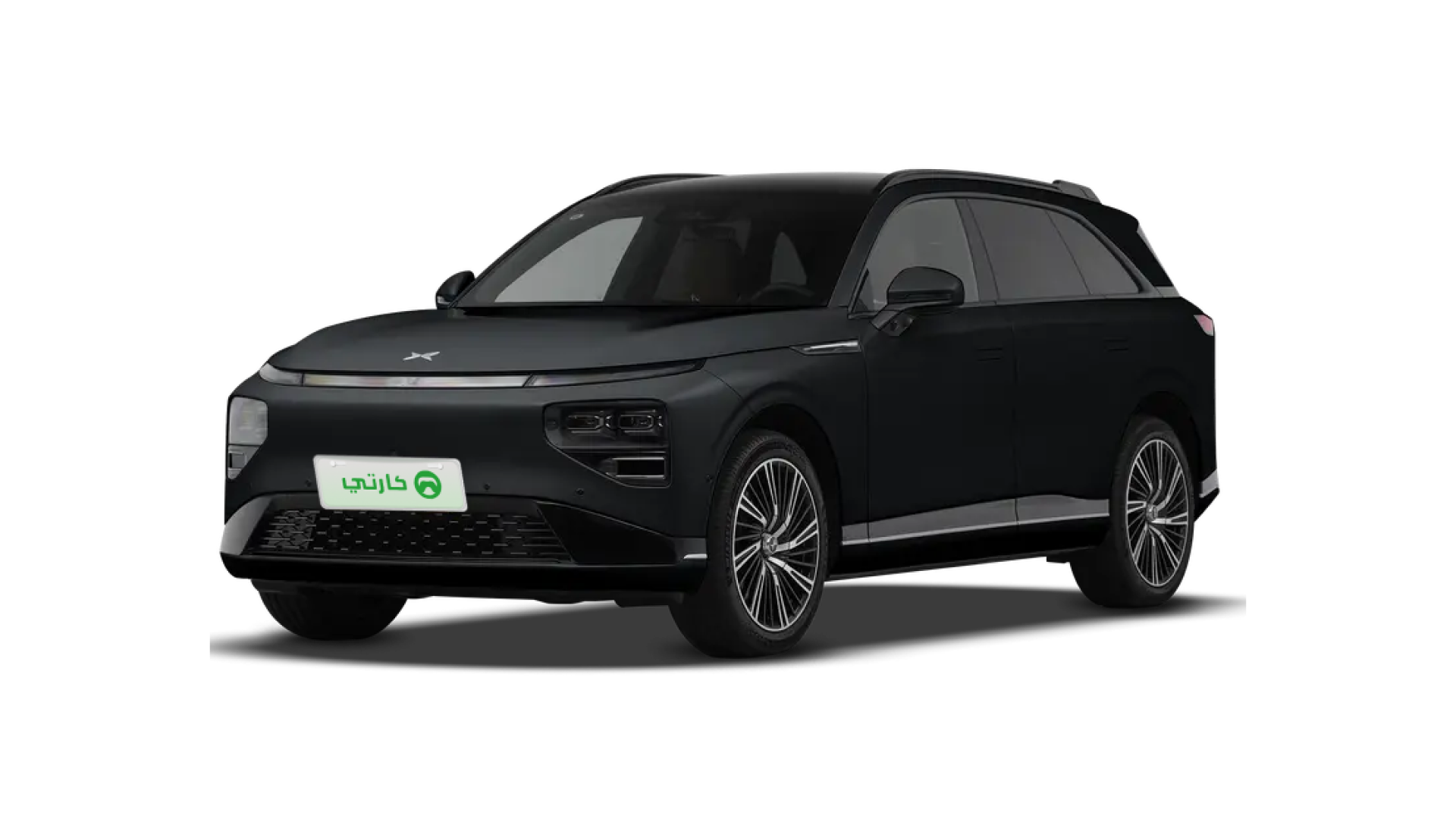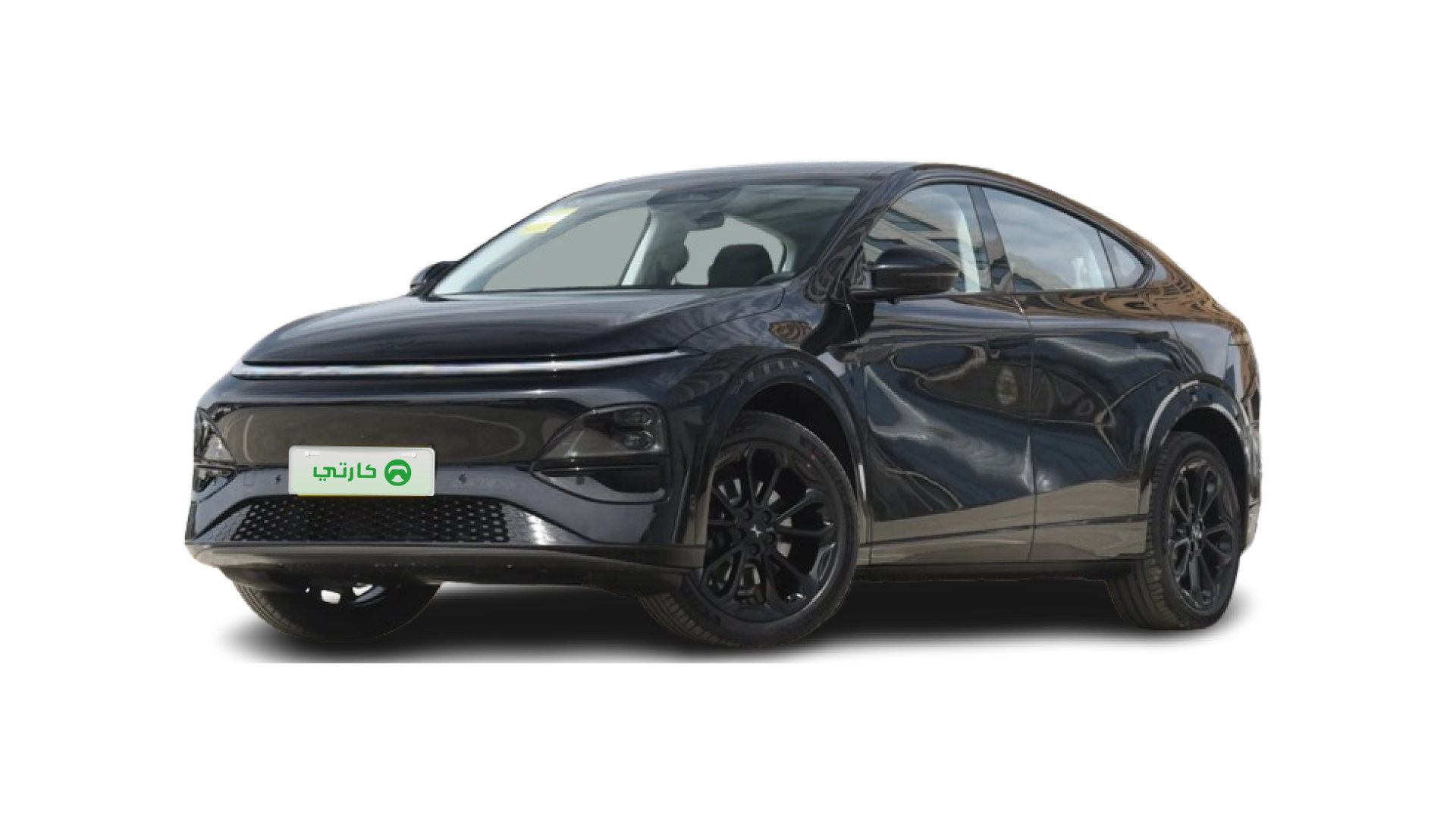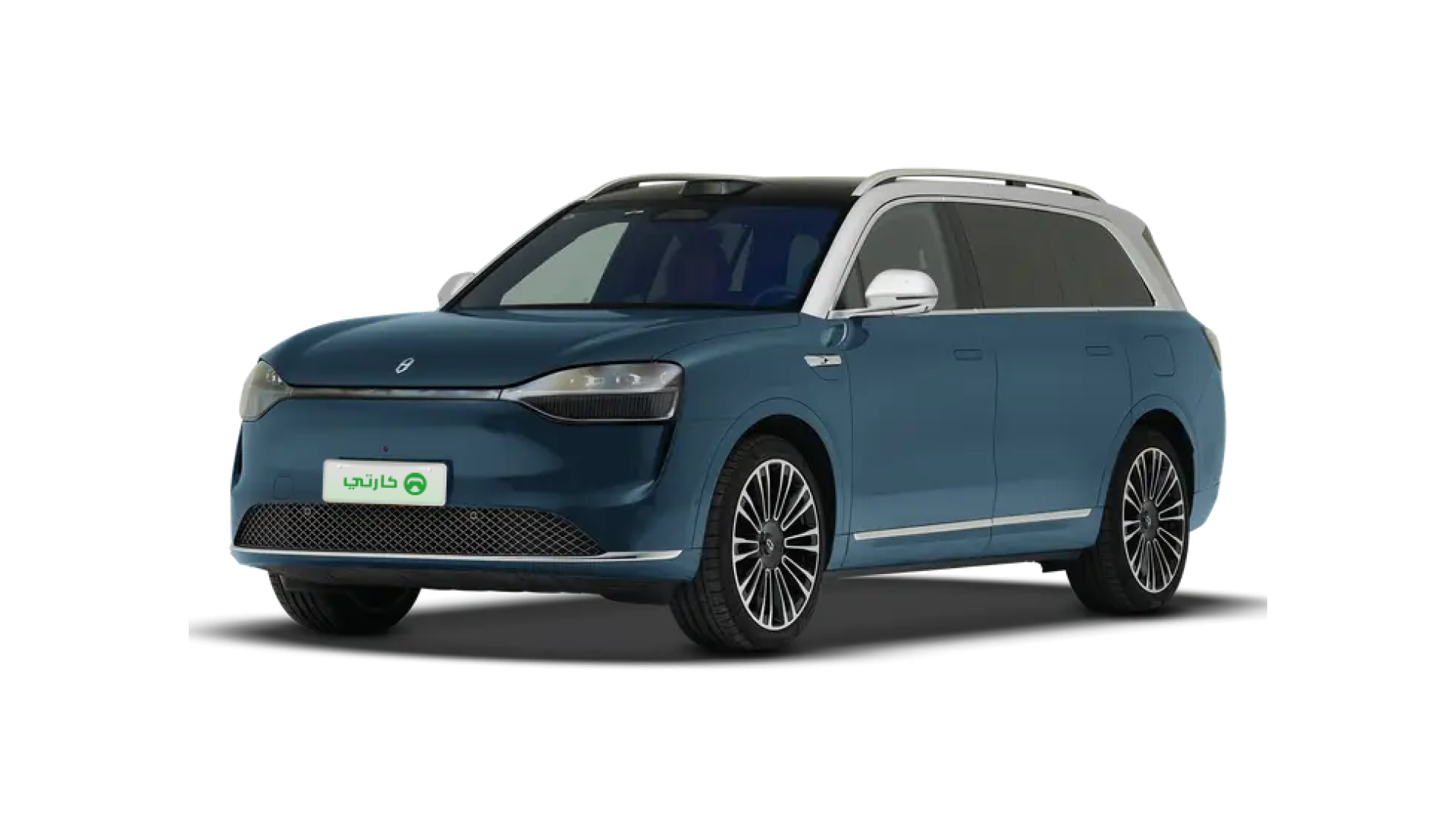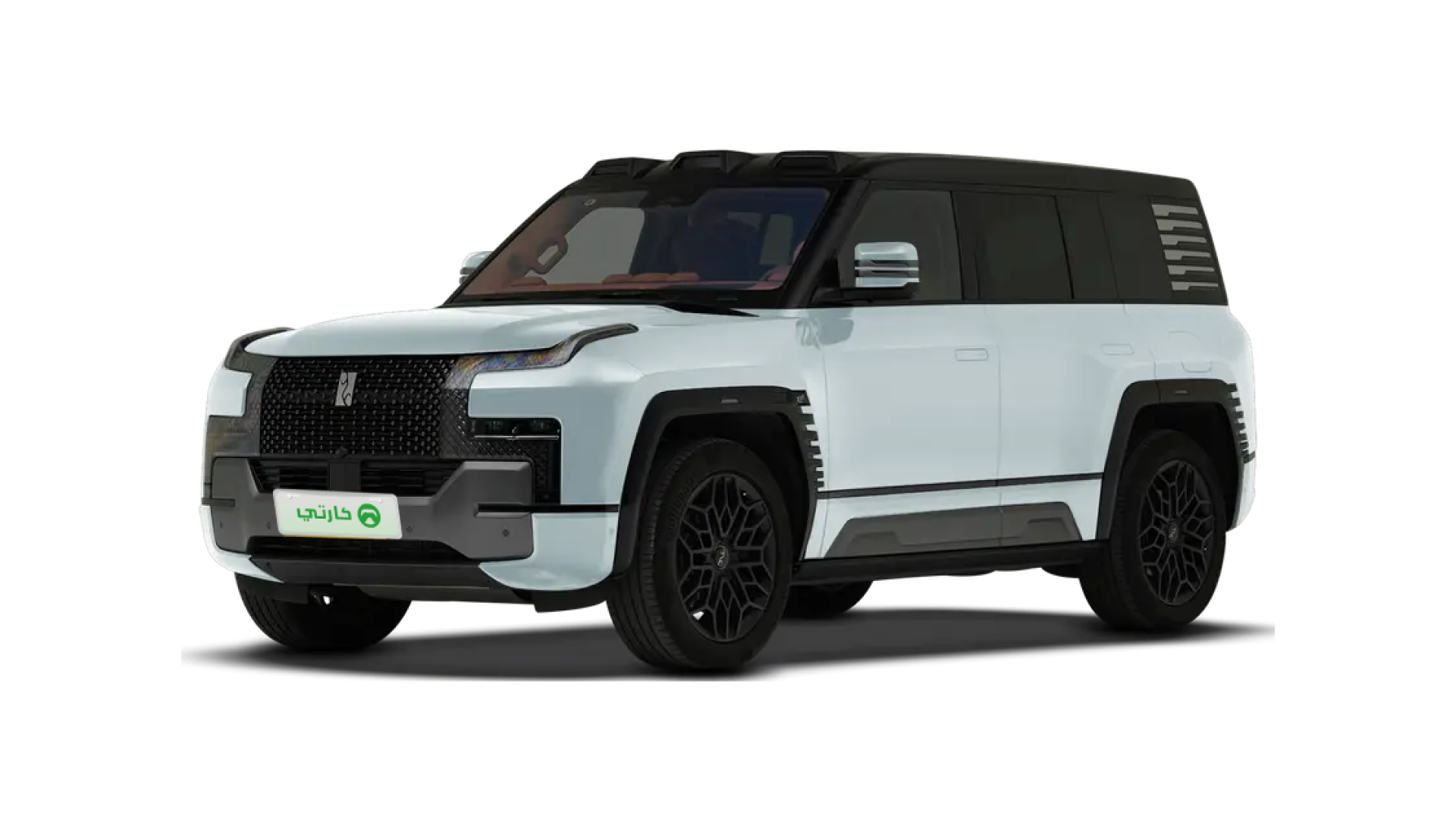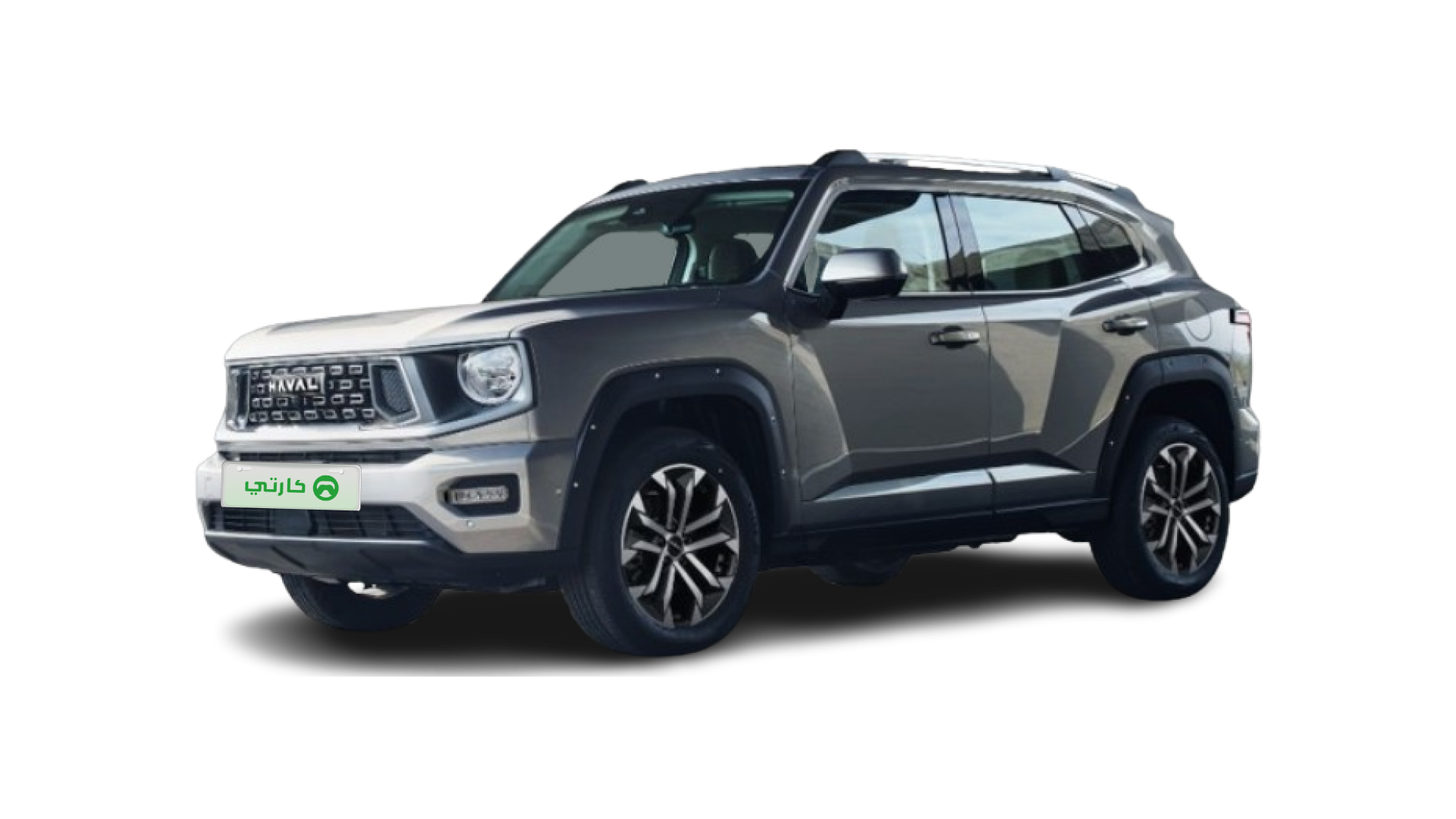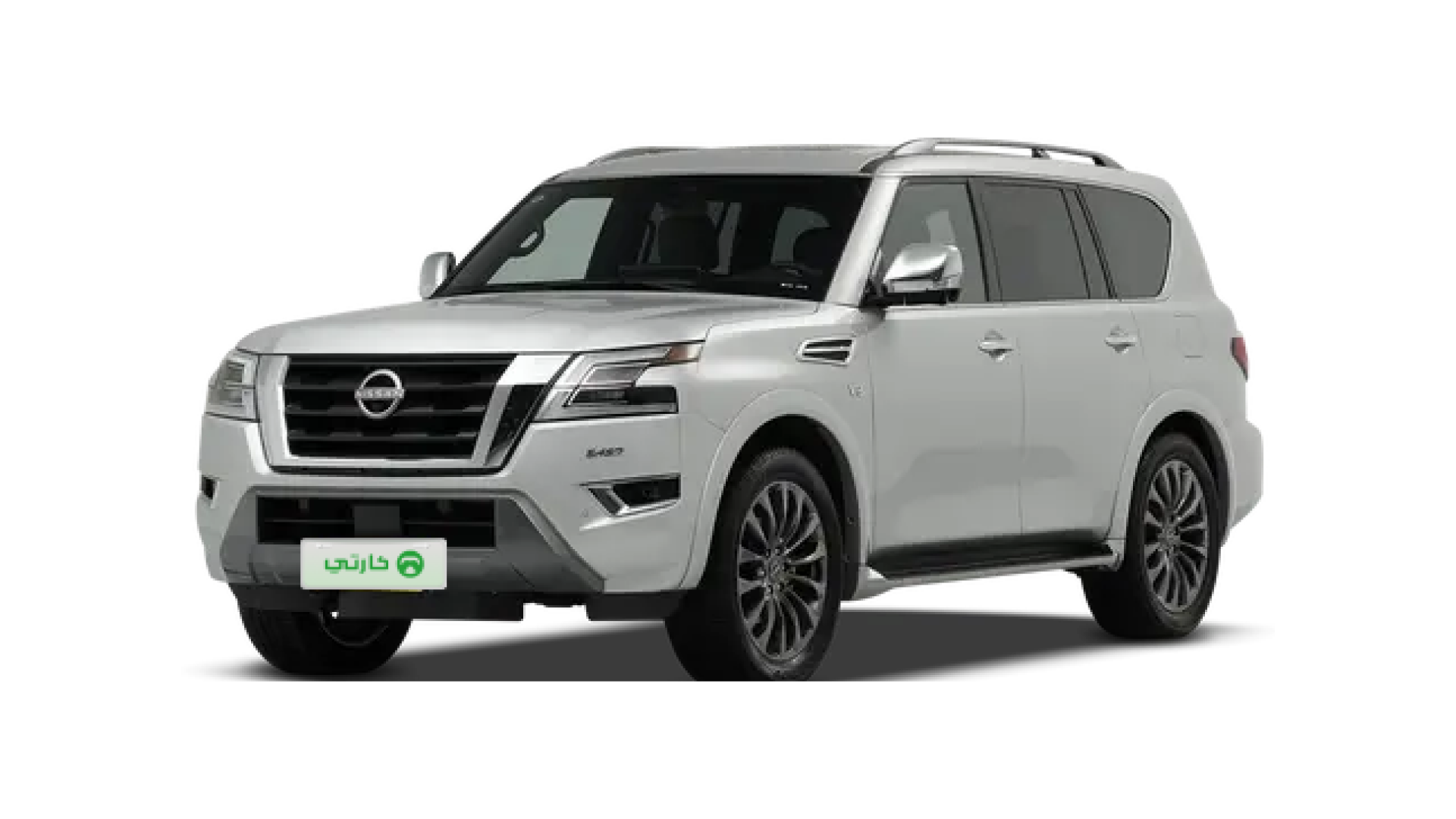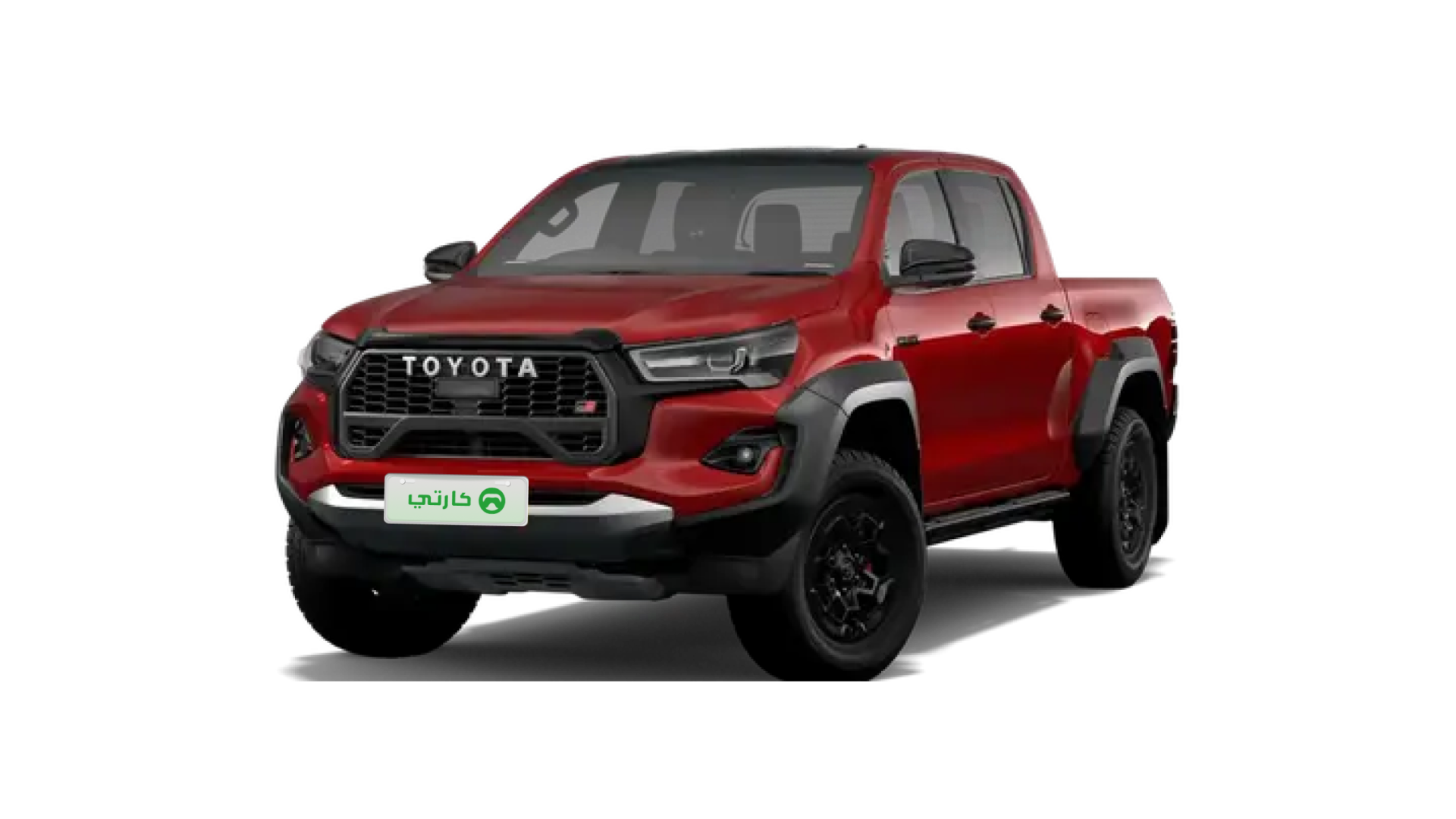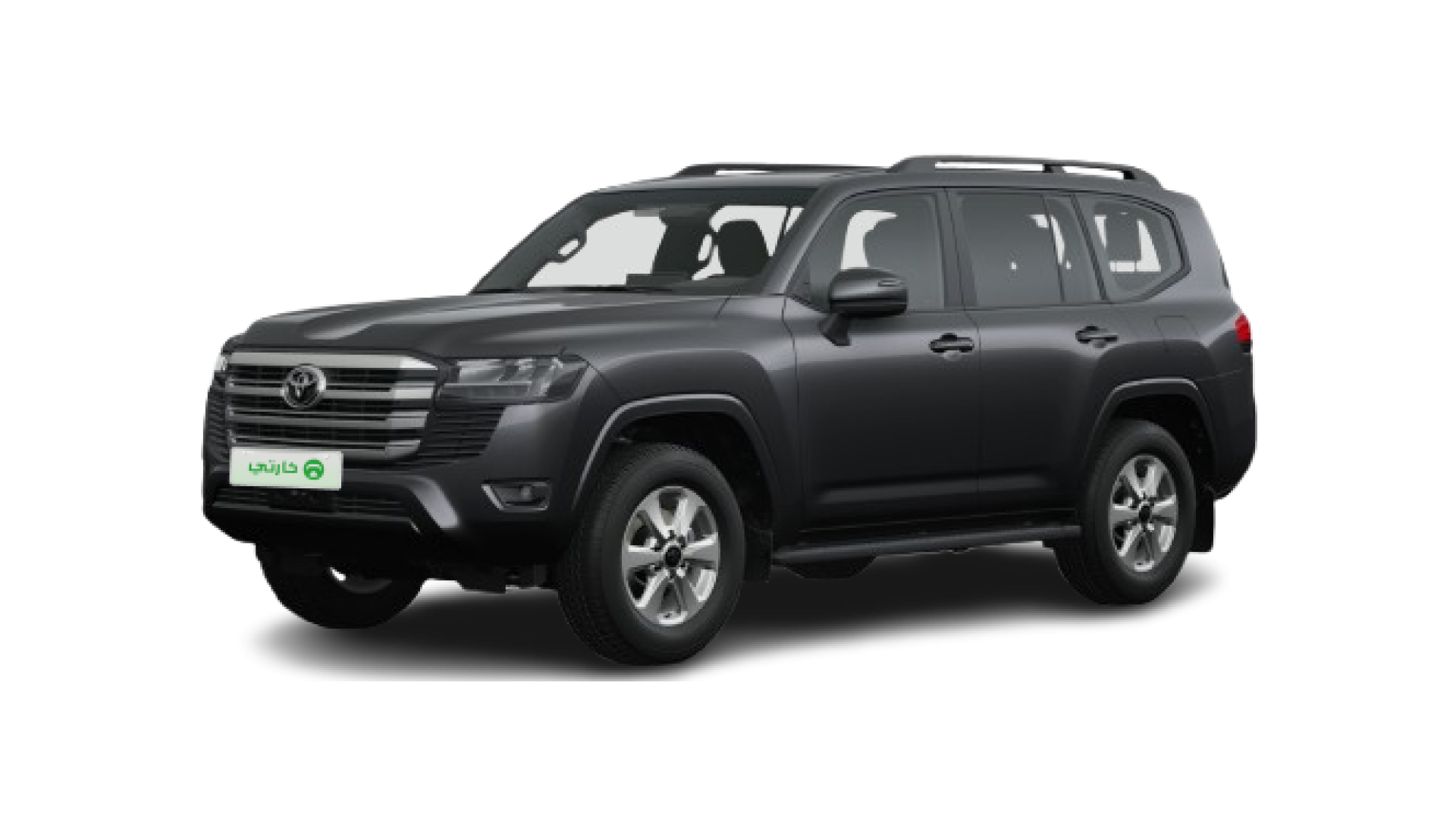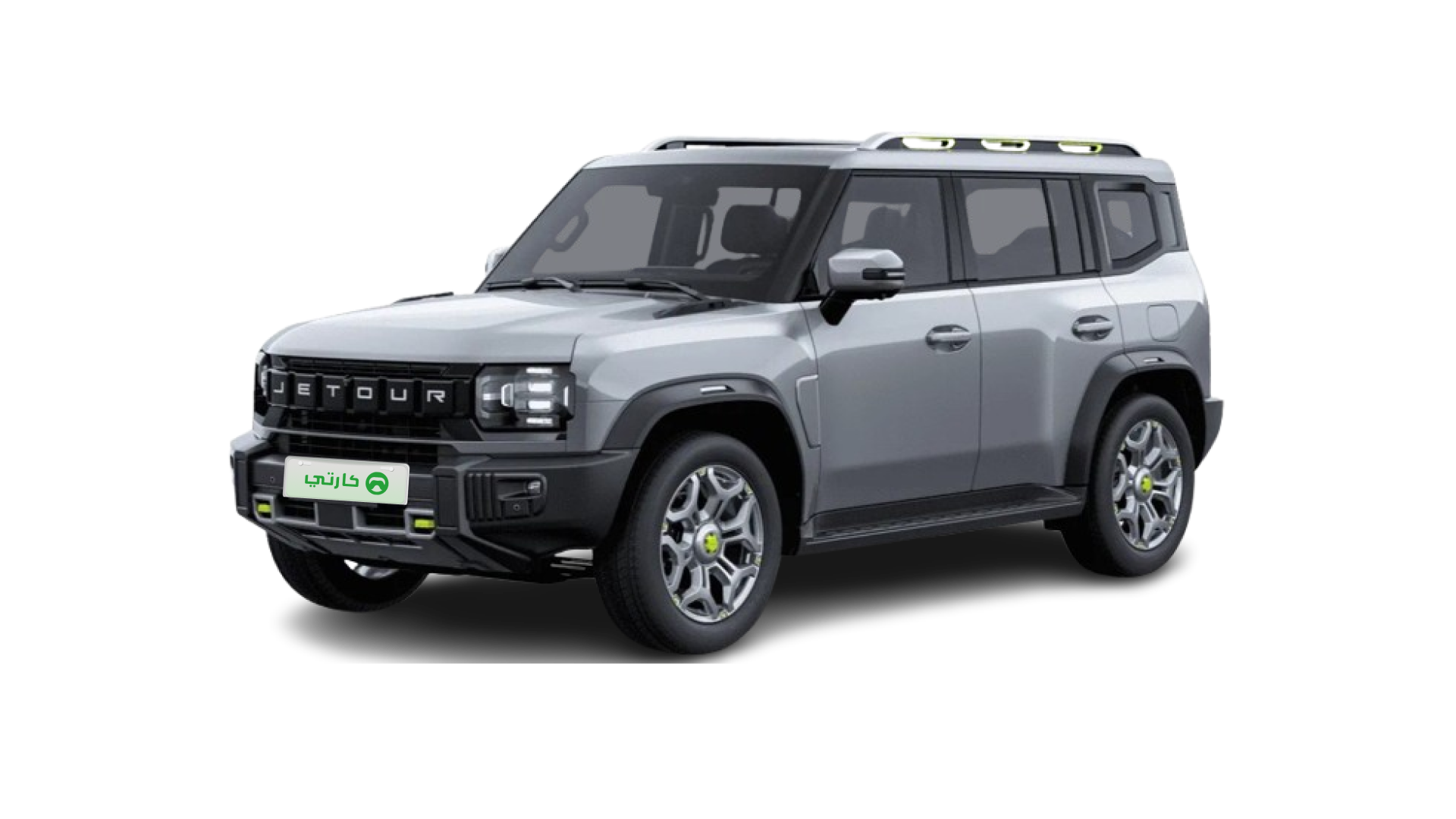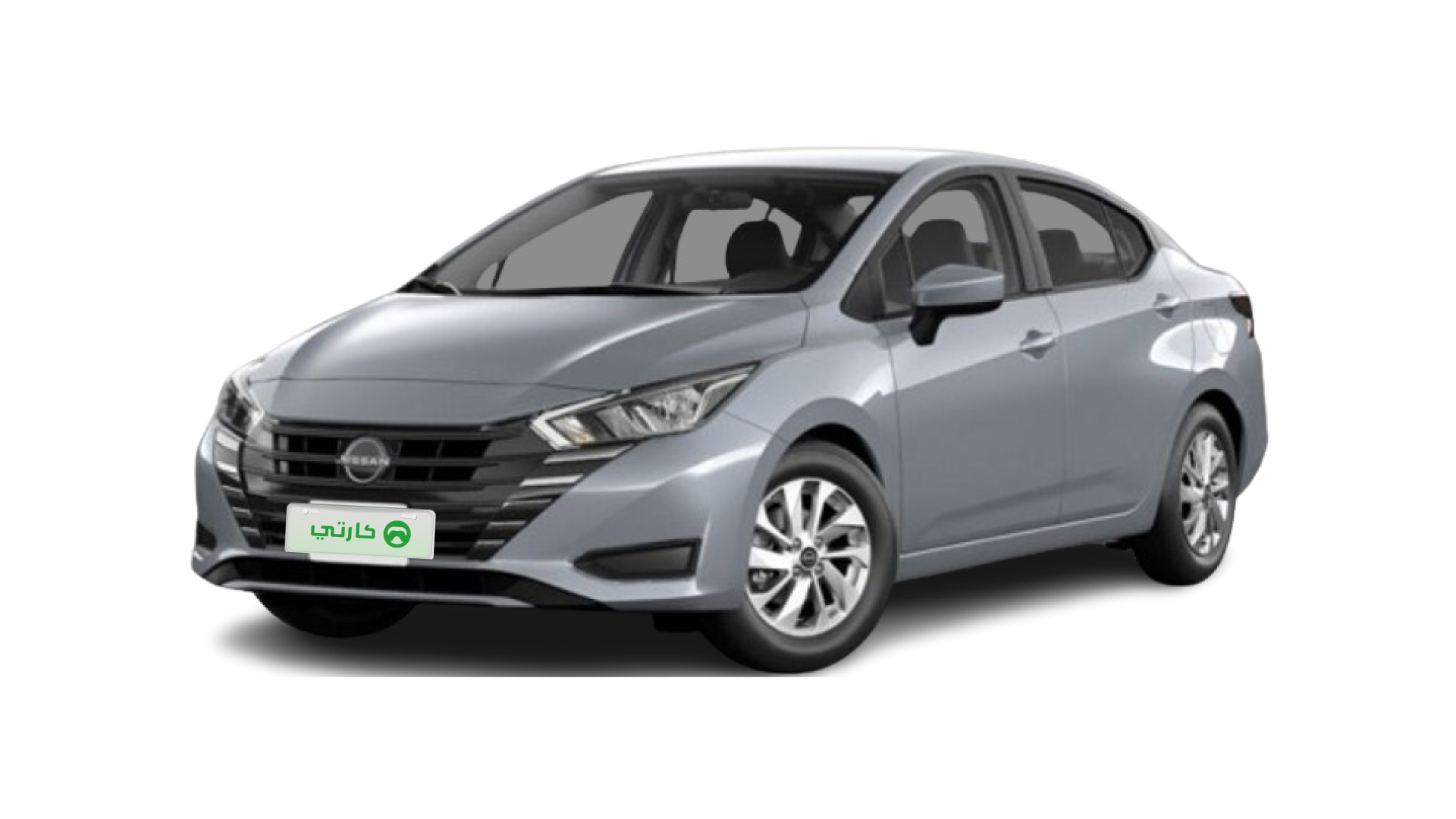This guide will help you understand engine displacement and other key factors such as load capacity, fuel efficiency, and maintenance costs. Get ready to decide which Toyota Hiace engine option offers the best performance for your business!
How to Choose the Appropriate Engine Capacity
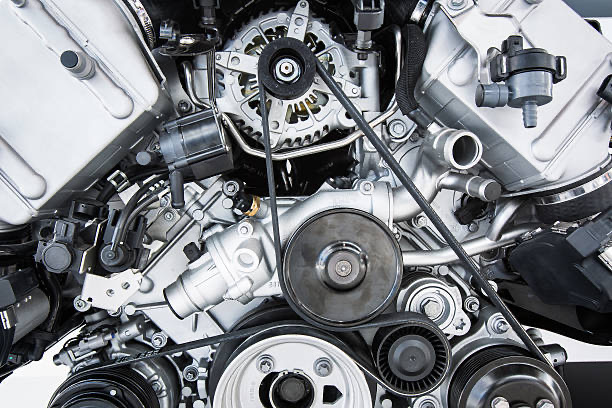
Choosing the right engine for your needs is simple if you follow these three practical steps:
1. Evaluate Your Daily Load Requirements
2.7L Gasoline Engine (2TR-FE Model):
Maximum load capacity:~1,200 kg
Ideal for urban parcel delivery services, similar to those seen in the UAE
3.0L Diesel Engine (1KD-FTV Model):
Maximum load capacity:~1,800 kg
Suitable for transporting building materials or longer distance freight operations
2. Compare Fuel Efficiency
Understanding the fuel consumption of your vehicle is crucial. Consider the following comparison:
Engine Type | City Fuel Consumption (L/100km) | Highway Fuel Consumption (L/100km) |
|---|---|---|
2.7L Gasoline | 11.2 | 8.9 |
3.0L Diesel | 9.8 | 7.4 |
This table highlights that the 3.0L diesel variant often provides better fuel efficiency, helping you save on fuel costs (measured in AED/SAR) in the long run.
3. Calculate Maintenance Costs
Regular maintenance keeps your engine in prime condition. Here are some key points to consider:
The 2.7L version typically follows a service interval every 10,000 km.
The 3.0L diesel version requires special attention:
Diesel filter replacements are due every 15,000 km.
Maintenance of the turbocharger usually costs about 35% more than that of its gasoline equivalent.
Why Engine Capacity Impacts Your Driving Experience
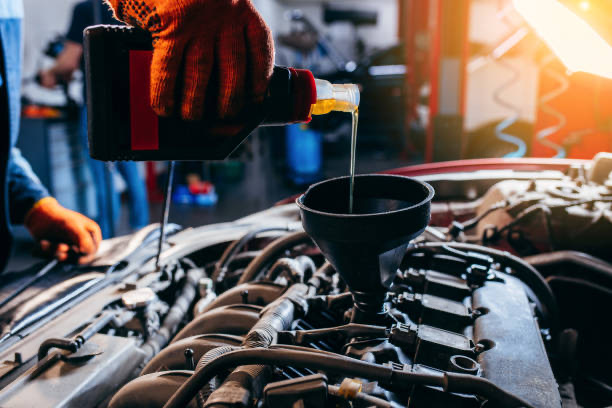
The turbocharged dynamics of your engine directly affect not only performance but overall driving confidence. Consider these practical examples:
Performance on Challenging Terrain:In UAE-like sandy conditions, the 3.0L diesel variant has shown an increase of up to 27% in hill-climbing ability under full load. This means better handling and more power when you need it most.
Long-Term Cost Management:While diesel engines can save you AED/SAR in fuel over extended periods (with an estimated saving of around 9,500 AED/SAR over 100,000 km), you must also factor in the extra maintenance costs associated with advanced systems such as the SCR and DPF.
Engine Improvements from 2024 to 2025 Models
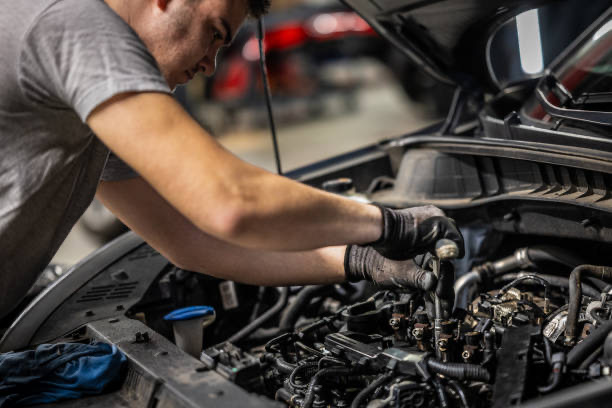
Advancements in technology have led to notable enhancements in the latest models:
Emissions and Environmental Standards
The introduction of a particulate filter (GPF) helps meet the new UAE environmental standards slated for 2025, ensuring cleaner emissions.
Transmission Enhancements
A re-engineered 5-speed automatic gearbox offers smoother gear shifts.
In the 3.0L diesel model, improved low-speed torque (an increase of approximately 8%) aids in efficient city-start performance.
Maintenance Recommendations
To maximize your Toyota Hiace engine longevity and performance, follow these practical tips:
Regularly replace the air filter—especially in dusty, sandy environments; if needed, reduce the replacement interval to 8,000 km.
For diesel engines, monitor the DPF (Diesel Particulate Filter) regeneration status each month to avoid costly issues.
Avoid sustaining high engine speeds (over 4,000 rpm) for prolonged periods to reduce wear and tear.
Choose the right fuel:
For the 2.7L gasoline engine, use high-quality 91-octane or higher.
For the 3.0L diesel, opt for diesel with a Cetane value of 51 or higher to ensure optimum combustion efficiency.
FAQ
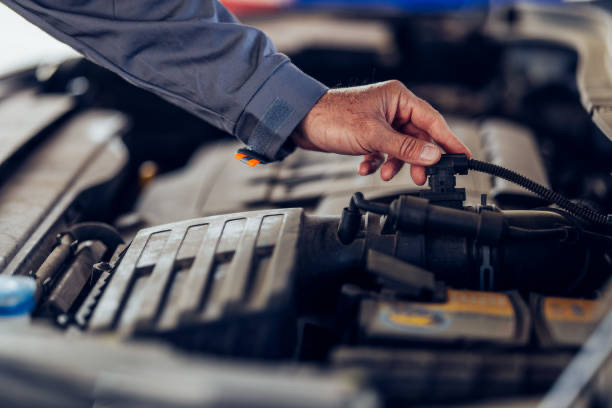
What factors should I consider when choosing between the 2.7L gasoline and 3.0L diesel engines in the Toyota Hiace?
Both engine types are designed to cater to different operational needs. The 2.7L gasoline engine is generally preferred for urban use where lower load and city-driving conditions predominate, while the 3.0L diesel engine offers better performance in terms of load capacity and fuel efficiency, making it ideal for long-haul or heavy-duty operations. Additionally, consider the maintenance intervals and associated costs; diesel engines may have a higher upkeep if you frequently transport heavy loads in challenging terrains. Ultimately, your choice should reflect your daily operational requirements and financial plans.
How does fuel efficiency vary between the two engine options?
Fuel efficiency plays a significant role in overall cost savings. For the 2.7L gasoline engine, the city consumption is approximately 11.2 L/100km and about 8.9 L/100km on highways. The 3.0L diesel engine, meanwhile, typically consumes around 9.8 L/100km in city driving and 7.4 L/100km on highways. This difference can lead to substantial fuel savings over time, especially if your driving involves extended highway journeys. The improved fuel efficiency of the diesel variant makes it a popular choice for operators aiming to optimize running costs.
Why is it important to monitor maintenance intervals for these engines?
Regular maintenance is crucial for ensuring the long-term performance and reliability of your Toyota Hiace. For instance, the 2.7L engine requires servicing every 10,000 km, while the 3.0L diesel variant has more rigorous requirements such as diesel filter replacements every 15,000 km. Neglecting scheduled maintenance can lead to a decline in performance, reduced fuel efficiency, and even early engine failure. By following these guidelines, you can mitigate costly repairs and extend the service life of your engine.
How do emission improvements in 2025 models affect engine performance?
The 2025 models incorporate advanced emission control systems like the GPF, which ensure that the vehicle meets the latest GCC environmental standards. These improvements not only reduce harmful emissions but also enhance overall engine efficiency. With optimized combustion and cleaner exhaust management, you can expect a more robust performance under high-load conditions. It is a strategic benefit that balances both environmental compliance and driving performance.
Does the improved gearbox in the 2025 models make a real difference?
Yes, the enhancements in the 5-speed automatic gearbox offer a smoother and more responsive driving experience. The refined shift logic means that the vehicle delivers power more efficiently, particularly noticeable in the 3.0L diesel version with enhanced torque at lower speeds—a crucial advantage in stop-and-go traffic common in urban settings. These improvements support better fuel economy and contribute to a more comfortable ride, making your daily operations smoother and more reliable.
For legal aspects, please note this article is for reference only; please refer to local laws and regulations for the latest updates.
Read More:
Why Petrol Smell Inside Car? 2025’s Essential Safety Guide
3 pics

Abdul Rahman is an avid car enthusiast with over a decade of self-driving travel experience. He loves hitting the road in various vehicles, exploring different landscapes. Besides, he enjoys sharing practical knowledge about car usage, helping fellow drivers solve problems and make the most of their rides.
